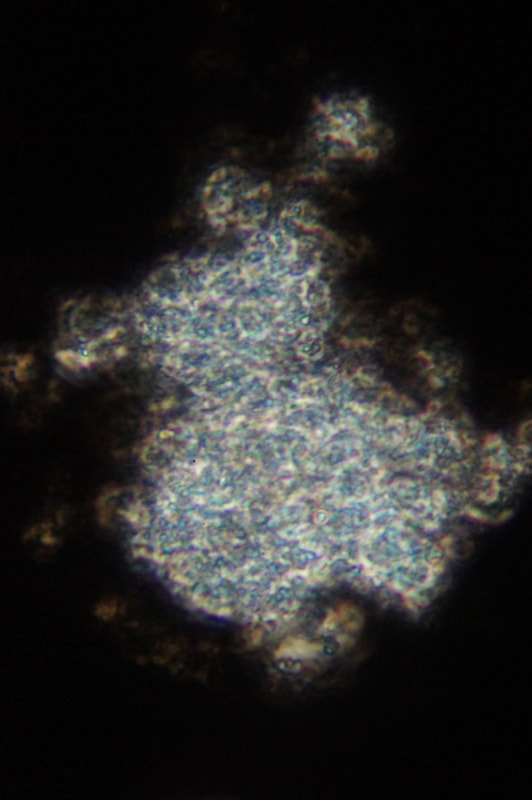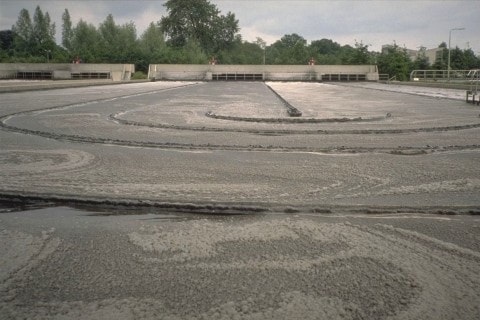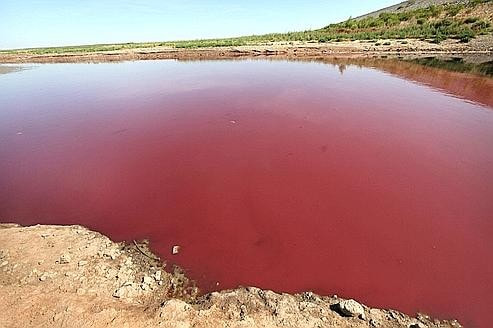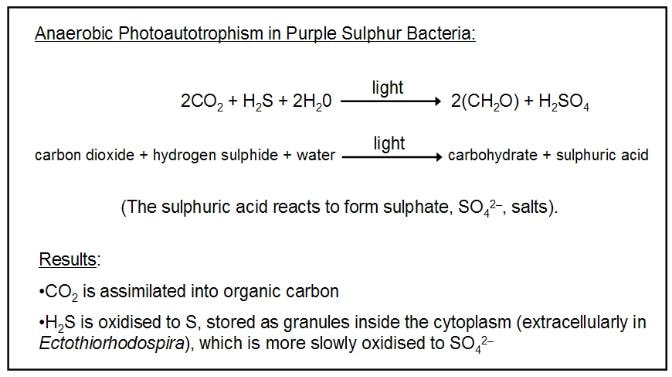Adsorption
Influent organics can come in surges (temporary high strength waste), be in particulate form (insoluble), or contain inorganic/non-biodegradable compounds. In these cases, the MLSS with associated surface area and "sticky" EPS will attract these compounds to the surface. This moves the compounds from the water phase into the floc. We call this process adsorption - I like to think of it as the MLSS acting as a sponge. After attaching to the floc surface, the bacteria use exoenzymes and biosurfactants to make the insoluble compounds into soluble forms that can cross the cell wall. Inorganics and non-biodegradable fractions remain trapped in the floc and are eventually wasted out. The MLSS does not have unlimited capacity to adsorb high strength influent. Limits on adsorption capacity usually show up as high TSS, deflocculation, loss of nitrification, and problems maintaining D.O.
Absorption
In MLSS the bacteria tend to first consume soluble organics - things such as sugars, alcohols, short-chain fatty acids all readily cross the cell wall and provide food for the bacteria. This is why you see a fast drop in D.O. with an influent containing organic acids, sugars, or highly soluble organics. The larger compounds that don't readily cross the cell wall remain in the EPS layers until exoenzymes and other biochemical processes allow for the compounds to cross the cell wall -- this is the absorption part of the equation. Absorption requires time and conditions allowing the bacteria to generate energy from metabolism of the compounds.





 RSS Feed
RSS Feed